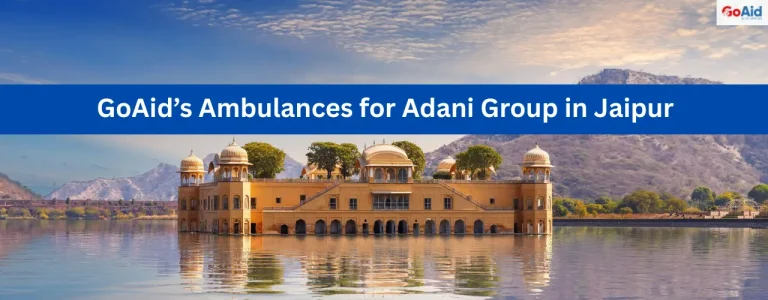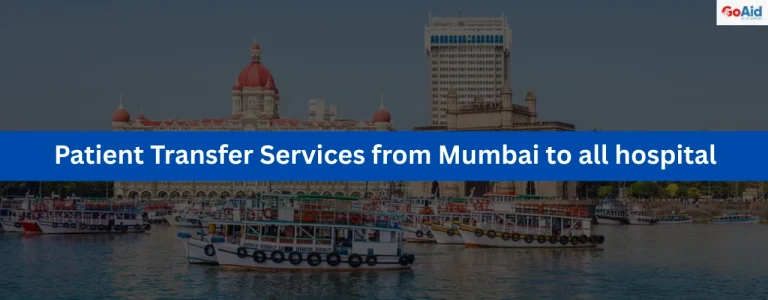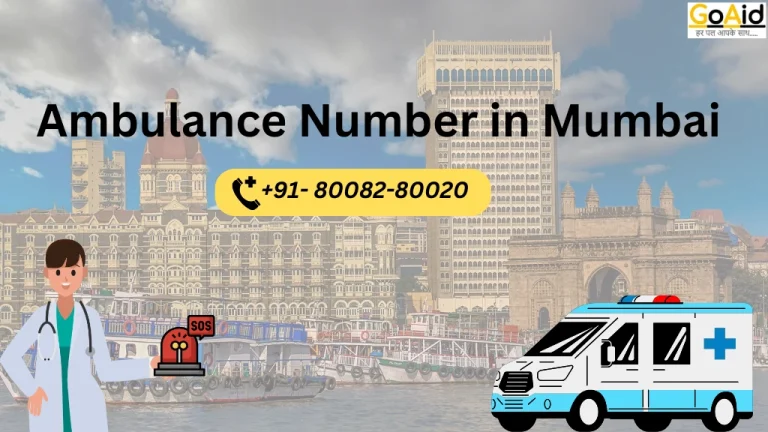India, including other parts of the world, always tries to have the best ambulance services in their country. Also, people who are living in the country try to maintain their living value and ensure that they always have the best types of medical transportation services for their families.
In this matter, people generally observe two kinds of ambulance services. The first one is private ambulance services and the second observes government ambulance services. Many of us want to know the distinct difference between Private and Government ambulance services.
This is why, in this blog, we have added an unbiased comparison between Private and Government Ambulances Services. If you are also excited to know about this comparison, read this blog to the end.
So, letŌĆÖs start-
What are Private Ambulance Services?

Private ambulance services are privately owned companies or organizations that provide medical transportation services. These services range from non-emergency patient transfers to emergency response and pre-hospital care.
Private ambulance companies often operate independently of government agencies and may offer a range of specialized services tailored to the needs of their clients. They typically charge for their services and may compete with government-run ambulance services in some regions.
Components of Private Ambulance Services
Private ambulance services consist of several key components:
- Fleet of Vehicles
These services maintain a fleet of ambulances equipped with medical supplies and equipment necessary for patient transport and care. The size and type of vehicles may vary based on the specific needs of the service and the types of patients they transport.
- Trained Personnel
Private ambulance services employ trained medical personnel such as emergency medical technicians (EMTs) and paramedics who are certified to provide pre-hospital care. These professionals are skilled in assessing and stabilizing patients in emergencies.
- Dispatch and Communication System
An efficient dispatch system is essential for coordinating emergency responses and patient transport. Private ambulance services utilize communication technology to receive emergency calls, dispatch ambulances, and communicate with medical facilities and first responders.
- Medical Equipment and Supplies
Ambulances are stocked with a variety of medical equipment and supplies to address a range of medical emergencies. This includes basic medical supplies such as bandages and oxygen tanks, as well as more advanced equipment like cardiac monitors and defibrillators.
- Regulatory Compliance and Accreditation
Private ambulance services must adhere to regulatory standards and obtain necessary licenses and accreditations to operate legally. This ensures that the service meets established safety and quality standards and is capable of providing high-quality care to patients.
What are Government Ambulance Services?
Government ambulance services are public emergency medical services provided and operated by governmental entities, such as municipalities, counties, or regional health authorities. These services are responsible for responding to emergency calls within their jurisdiction, providing pre-hospital care, and transporting patients to hospitals or medical facilities when needed.
Components of Government Ambulance Services
These are the few components of Government Ambulance Services-
- Emergency Response
Government ambulances respond to emergency calls for medical assistance, accidents, injuries, or other urgent situations requiring immediate medical attention.
- Pre-hospital Care
Trained medical personnel, such as paramedics and emergency medical technicians (EMTs), provide pre-hospital care to patients at the scene of emergencies. This may involve assessing and stabilizing patients, administering medications, and providing necessary treatments.
- Patient Transport
Ambulances operated by government ambulance services transport patients to hospitals, trauma centers, or other medical facilities for further evaluation and treatment. They ensure safe and timely transportation while continuing to provide medical care en route.
- Regulation and Oversight
Government ambulance services are subject to regulation and oversight by relevant governmental agencies to ensure compliance with established standards of care, safety, and quality. This may include licensure, accreditation, and adherence to protocols and guidelines.
- Funding and Financing
Government ambulance services are typically funded through various sources, including tax revenue, government budgets, and, in some cases, user fees or insurance reimbursements. The funding structure may vary depending on the jurisdiction and healthcare system in place.
Comparison Between Private Ambulance Services and Government Ambulances
We have added a complete and comprehensive comparison b/w Private Ambulance Services and Government Ambulances in the table below-
| Aspect | Private Ambulance Services | Government Ambulances |
| Ownership | Privately owned companies or organizations | Operated by governmental entities (municipalities, counties, regional health authorities) |
| Funding | Typically funded by service fees, insurance, or private payments | Funded by tax revenue, government budgets |
| Response Time | Response time may vary depending on location and demand | Generally standardized response times established by government protocols |
| Service Availability | Available based on contracts, coverage areas, and agreements | Available throughout the jurisdiction served |
| Patient Transport | Transport patients for non-emergency transfers and emergencies | Transport patients primarily for emergencies and urgent medical needs |
| Regulatory Oversight | Subject to regulations, but standards may vary by region | Regulated and overseen by government agencies and healthcare authorities |
| Personnel | Employ trained medical personnel such as EMTs and paramedics | Staffed with government-employed EMTs and paramedics |
| Equipment and Supplies | Equipped with medical supplies and equipment for patient care | Stocked with medical supplies and equipment for emergencies |
| Cost | Ambulance Service Costs may vary depending on services provided and insurance coverage | Generally no direct cost to patients for emergency services |
| Coordination with Other Agencies | May coordinate with hospitals, healthcare facilities, and other agencies | Often collaborate with fire departments, police, and other emergency response units |
Which Offers Better Care and Value
Government ambulances, generally free of charge, prioritize universal access over care and value. Private ambulance services, while often at a cost, prioritize enhanced care and value for patients.
Their focus on quality services, equipped personnel, and efficient response contribute to better patient outcomes. Thus, while government ambulances ensure access for all, private services excel in providing superior care and value, enhancing the overall quality of emergency medical services.
Conclusion: Private Ambulance Services to Government Ambulances
In conclusion, after comparing private ambulance services to government ambulances, it becomes clear that while government ambulances ensure universal access, private services excel in providing superior care and value.
For Example, we have seen that GoAid Ambulance Services always focus on Living Value and compassionate care, and on the other hand 102 and 108 ambulances are focused on providing access to free ambulances in India entirely.
Private ambulance services prioritize quality care, equipped personnel, and efficient response, enhancing patient outcomes. However, both play crucial roles in the emergency medical services landscape. It’s essential to acknowledge that accessibility and quality care are complementary goals.















